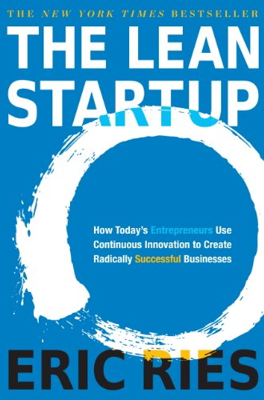Pivot (Or Persevere)
The Urgency of Making Pivot Decisions
Entrepreneurs must confront the significant decision of when to pivot—making fundamental changes to the business model or strategy—or to persevere with the existing course. The methodology of the Lean Startup does not strictly dictate how to choose between pivoting and persevering, as such decisions still require human judgment, intuition, and vision. The process of making these decisions might be tough and laden with emotion, but doing this strategically enhances creativity and potential for success.
The Role of Innovation Accounting in Prompting Pivots
Innovation accounting plays a crucial role in facilitating effective pivots. This method allows startups to analyze their progress clearly through actionable metrics and outcomes from tests linked directly to customer reactions and product features. An insightful example detailed in the text is about Votizen, a platform for verifying and mobilizing voters, which underwent multiple pivots based on its performance measurements and user feedback through innovation accounting.
The Experiences of Pivoting: Votizen
Votizen’s journey illustrates the iterative process of pivoting, beginning with its original product focused on creating a social network for verified voters. Through multiple iterations and adjustments informed by user engagement and feedback, Votizen pivoted towards more viable business models. These involved shifting focus entirely to narrower features that users found appealing, then later pivoting from a consumer-oriented model to a business-oriented B2B model. Each pivot was a strategic decision to steer the company closer to sustainable growth and market fit.
The Concept of a Startup's Runway
The chapter discusses a startup’s runway, traditionally considered as the amount of time before funds run out. However, in the Lean Startup approach, runway is redefined as the number of pivots a company can make before resources are exhausted. This perspective encourages startups to focus on learning efficiently and making quick, informed decisions to prolong their operational and experimental horizon.
Courage and Challenges in Pivoting
Pivoting demands courage, especially when the startup must face public scrutiny or critically analyze the seductive allure of vanity metrics, which might mask the need for change. Real-life examples in the chapter, including companies like Path and Wealthfront, demonstrate the importance of pushing past initial fears and embracing significant strategic shifts in response to genuine customer feedback and market demands.
Structured Approach to Pivoting
The chapter advocates for regular "pivot or persevere" meetings involving both product development and business leadership teams, augmented sometimes by outside advisors. These structured meetings should assess the company’s current strategic direction based on detailed, data-driven evaluations of product performance and customer interactions, thereby enabling informed decisions regarding the need to pivot.
Different Types of Pivots
The text provides a taxonomy of pivots—including zoom-in, zoom-out, customer segment, customer need, platform pivot, and others—each representing different strategic shifts that a startup might undertake depending on various aspects of business dynamics, from changing the core product feature to altering the fundamental business architecture and revenue model.
General Advice and Encouragement
By embracing the concept of pivots as strategic hypotheses requiring new MVPs for validation, startups can manage risk and navigate towards viable business models more effectively. Through continuous innovation and feedback integration, pivoting allows businesses to adjust their strategies responsively and stay resilient in the face of change.
Conclusion on Pivoting
The discourse on pivoting concludes with emphasizing its critical role in any growing business, illustrating that pivoting continues well beyond initial market entry, influencing long-term strategies and adaptation to changing markets and customer needs. This makes pivoting a permanent, indispensable element of modern entrepreneurial management, blending scientific rigor with creative, strategic rethinking.
